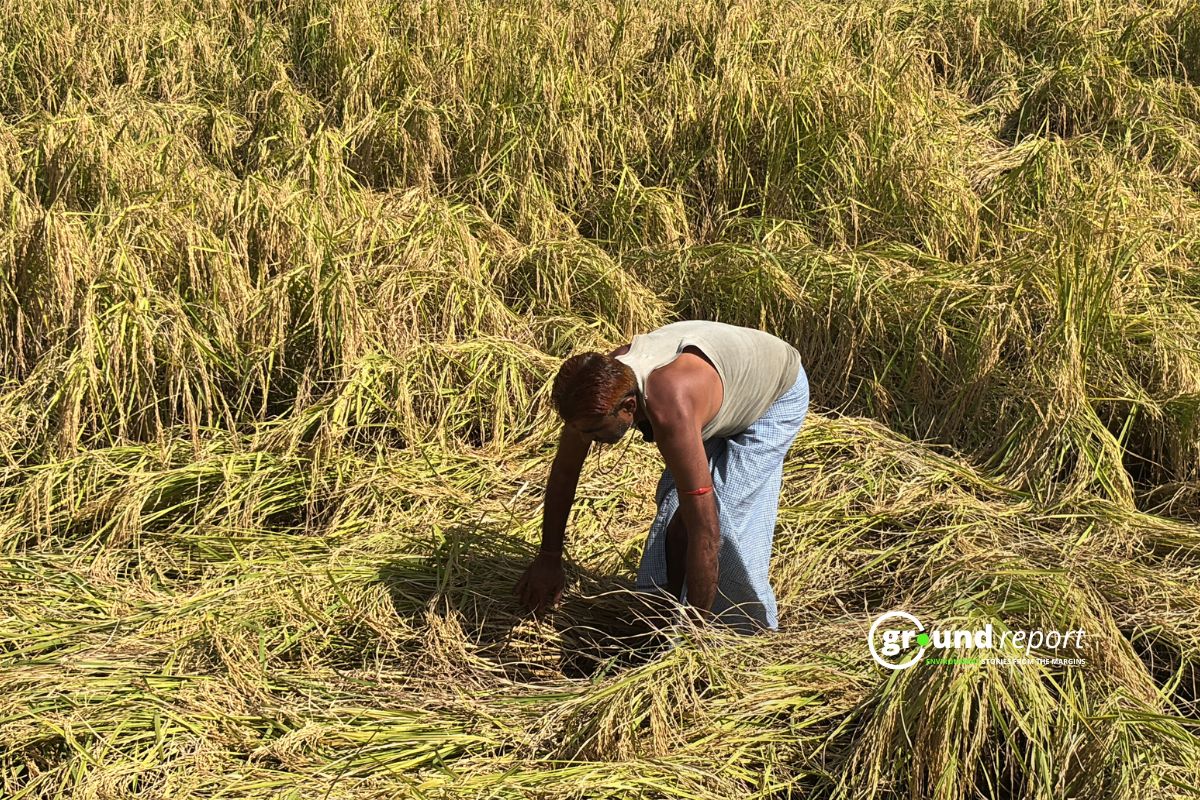Kegu Singhadia, 45, is resting in his home in Dungra Dhanna village, located 4 km from Jhabua, on a chilly January day. He’s been grappling with intense pain in his limbs since the morning. It’s not his first encounter with this issue; Kegu has been diagnosed with sickle cell anaemia. Undertaking strenuous activities or exposure to severe temperatures invokes body pain that occasionally escalates to intolerable levels. The issue has severely impacted his life. Kegu is no longer capable of heavy labour and even struggles to work in his or others’ agricultural fields.
Sickle Cell Anaemia: What is Sickle Cell Disease?
Sickle cell anaemia is a form of chronic single-gene disorder characterised by abnormal red blood cells. Normally, red blood cells, which carry oxygen throughout the body, are round and flexible and contain a protein called haemoglobin. However, in sickle cell patients, the red blood cells, instead of being round, morph into a thick and rigid sickle shape. This change in morphology of the cells causes them to die off quickly, leading to a reduced count of red blood cells in the body. Additionally, the thickened cells struggle to traverse thin veins and often get lodged therein, disrupting normal blood flow. Medically speaking, the healthy human body typically contains Haemoglobin-A (HbA), but in sickle cell patients, this protein is replaced by Haemoglobin-S (HbS), marking the onset of the disease (NSCAEM, Page 4).
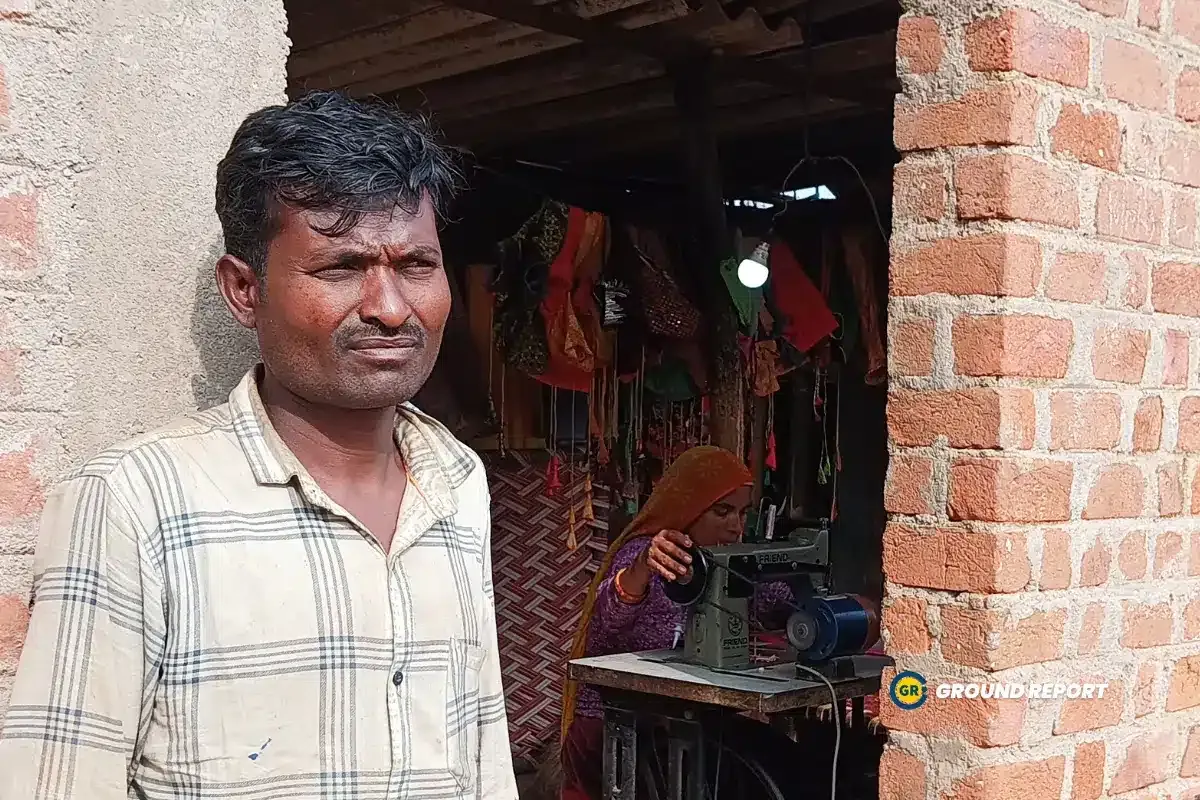
Types of sickle cell disease
There are mainly the following types of sickle cell. Haemoglobin plays a major role in this disease, hence these four types are divided based on the alpha and beta chains of haemoglobin.
- Sickle cell anaemia (SS) – When a child inherits one beta-globin gene (sickle cell gene) from each parent. Then he suffers from sickle cell anemia.
- Sickle Haemoglobin-C Disease (SC) – Patients suffering from this type of sickle cell disease have almost the same symptoms as sickle cell anaemia. But in this, the beta-globin gene produces hemoglobin-C and hemoglobin-S. In this, the blood count is relatively high.
- Sickle beta plus Thalassemia (SB) – Its symptoms are generally similar to sickle cell anaemia. But in this, the victim needs blood transfusion at some intervals.
- Sickle haemoglobin D disease (SD) – In such patients, haemoglobin D, which is a variant of the beta-globin gene, interacts with the sickle haemoglobin gene. In this, the patient feels intense pain in the body.
- Sickle haemoglobin O disease (SO) – Like sickle haemoglobin-D disease, the Haemoglobin-O gene interacts with sickle haemoglobin.
Kegu’s childhood wasn’t typical compared to his peers. During play, he would tire out quickly and subsequently fall sick. But despite this, Kegu was not diagnosed with a specific disease during these early years. In his adult life, following his marriage, he migrated to Gujarat. His job in Surendranagar involved filling sand in a trolley. It was then that his body began to stiffen. His health declined to such an extent that his wife Sunita felt compelled to take him to the hospital. The tests there revealed that Kegu was suffering from sickle cell disease.
Sickle cell disease in India
The first case of Sickle Cell anaemia in India was identified in Tamil Nadu back in 1952. Reports outlay that from 2016 to 2018, 113.83 million people underwent screening across the country. Among these, approximately 996,368 individuals tested positive for sickle cell. However, estimations indicate that the patient count escalated to over 1.4 million as of last year.
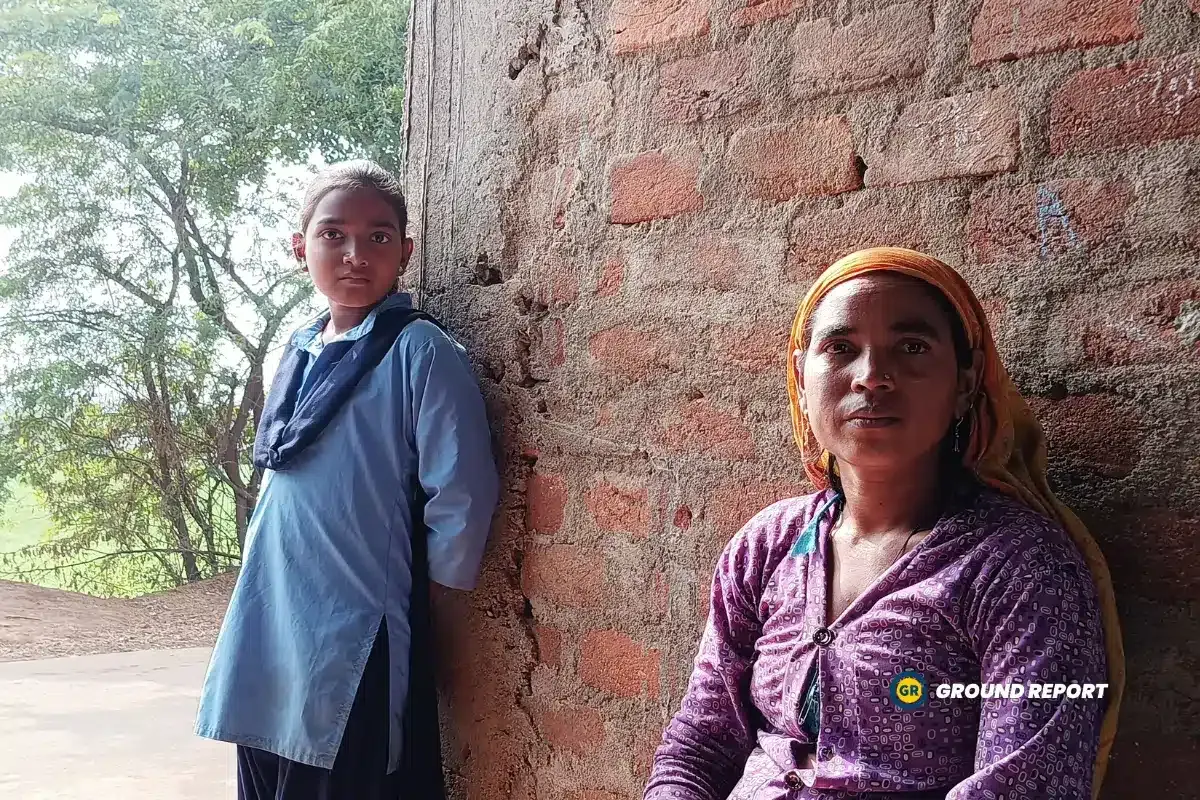
The Indian Government initiated the National Sickle Cell Anaemia Eradication Mission in the Shahdol district of Madhya Pradesh on July 1, 2023. Thus far, a total of 148,58,584 individuals have undergone screening under this mission. Resulting in the identification of 5,34,923 sickle cell carriers and 1,672 sickle cell patients. However, the government does not possess separate data regarding the number of sickle cell patients within tribal areas. Nevertheless, an estimate indicates that this condition afflicts one in every 86 children born in the tribal community.
Sickle cell anaemia deepens financial problems
This disease is like a curse for a tribal family like Kegu’s, as the disease becomes a reason for both financial and mental pressure. In 2006, Kegu’s wife Sunita, age 40, gave birth to a baby girl but the baby’s haemoglobin was low. For this reason, she lived only 19 months. Right now he has four children. Of these, two children have the disease, and other two children, Sunita fears to get them tested. As per Kegu, his uncertainty about his health makes people sceptical about offering him any kind of work. He says,
“Who knows when I might get sick?”
Sunita learned to tailor a few years ago due to the financial circumstances of her household. She subsequently purchased a sewing machine using her savings and some loans. Nowadays, she produces 2 lehengas daily, each being priced at Rs 250. The monthly income from this tailoring fulfils her household financial needs. However, Sunita’s limited savings are usually depleted whenever she falls ill, as the medical expenses outweigh her savings. To cover the deficit, Kegu’s family is often obliged to resort to a loan with a 10% interest rate.
Hospital expenses
Currently, Kegu’s family is burdened with a debt of Rs 2 lakh. They pay a monthly interest of Rs 2,900. This financial strain escalates over time. Risina, Kegu’s 12-year-old daughter also has the disease. Attended to her medical condition, last October, costed the family approx. Rs 10,000
“He has B-positive blood. It is not easily available here. Every time the hospital people tell us that we would only have to arrange for blood.”

But for Kegu himself, a sickle cell patient, it is very difficult to make medical arrangements. During this period, he also seems quite disappointed with the behaviour of his relatives. He explains,
“Our relatives mock us and resort to violence, even when we seek their help.”
He says that whoever comes to donate blood demands Rs 2,000 to 2,500. They can’t arrange for such money every time.
Regarding blood availability in the district government hospital, District Sickle Cell Nodal Officer Dr Sandeep Chopra says that as much blood as possible is provided to the patients. Nevertheless, he acknowledges some challenges in fulfilling the demands.
“After discussing this with our higher officials, they arranged for us to receive blood from the Medical College of Indore.”
Burden of poverty
Three-year-old Lily Bhuria’s father Dinesh is a daily wage worker, a labourer by profession. He migrates to Gujarat for work. However, this time he returned when Lily’s health deteriorated. She had to be admitted to the hospital. Lily, sitting in her father’s lap, often starts crying due to pain. When she gets tired of crying, she remains silent and keeps looking around with stone eyes. Due to lack of blood, her body is turning white. Dinesh says,
“We are labourers working in Dahod. In the beginning, we required a blood transfusion once in every two months. Gradually, this need increased to once a month. In this current month alone, she has undergone blood transfusions twice.”
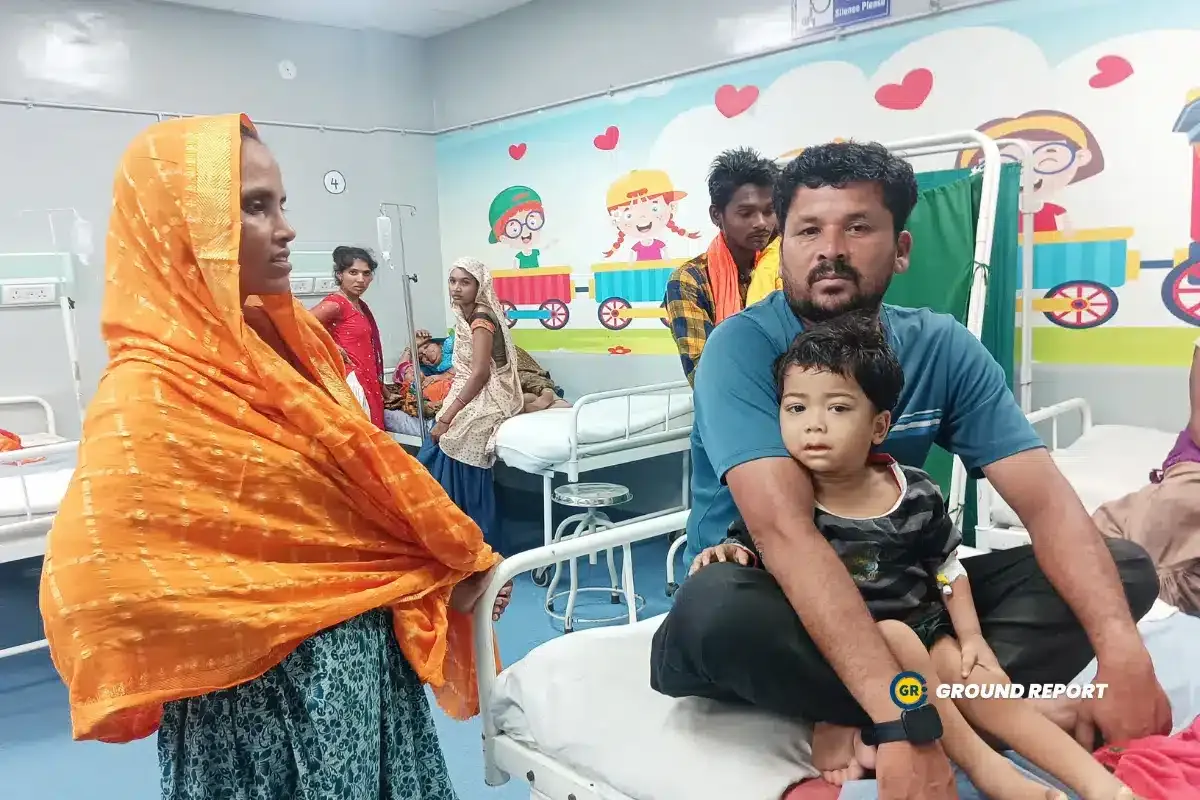
The Department of Health and Family Welfare stated in a response to Parliament on December 15, 2023, that approximately 14.6 million units of blood are needed throughout the nation. To achieve this goal, there are 4,153 authorized blood banks nationwide. Of these, 172 are located in Madhya Pradesh, with 73 of them being government-run banks.
It is crucial for young patients, like Lily, to receive substantial amounts of protein and energy supplements. Studies have shown that substantial intake of protein and L-arginine, a kind of amino acid found in fish, meat, soy, whole grains, and dairy products, is beneficial for individuals with sickle cell anaemia. However, due to inflation, Dinesh struggles to afford green vegetables and fruits for his daughter with his limited earnings. His wife echoes this difficulty, as she struggles to feed during their migration period. Kegu’s family experiences the same predicament, Sunita, his wife, reveals that there is often not enough food to buy for the month or any of the essential food items mentioned before.
Are there any alternative methods to secure employment?
In Jhabua, farming for twelve months is almost impossible. Due to this, people are forced to migrate in search of better opportunities. However, for individuals such as Kegu, who suffers from sickle cell, or Dinesh, who has a child afflicted with the same disease, migration in search of labour work poses a significant challenge. Kegu is physically incapable of engaging in labour-intensive tasks. Meanwhile, for Dinesh, leaving his daughter behind while seeking labour work elsewhere is not only emotionally taxing but also places the full responsibility of caring for the child on the mother, especially given the limited resources available.
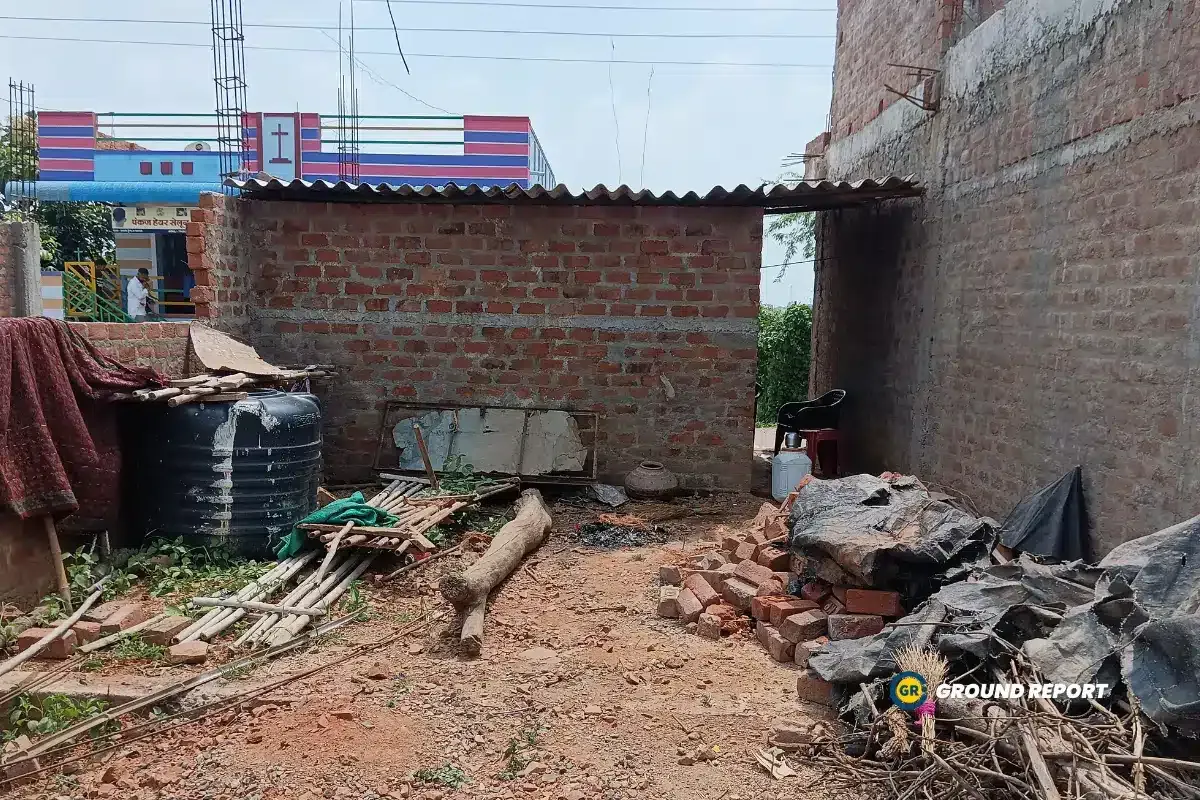
Nonetheless, this issue has not surfaced in the past two or three years. The concern being raised is whether the government has discovered any alternative employment opportunities for patients of sickle cell anaemia. And, the response is negative. Moreover, no official documents in public areas suggest government provision of alternate employment options.
We have tried to contact the local collector to know more about this. The news will be updated upon receiving their reply. However, when asked about this, Ramesh Katara, district president of the local organisation Jai Adivasi Yuva Shakti (JAYS), says,
“Even under MNREGA, here we can’t get 100 days of employment; so how will the government provide any additional employment?”
In Jhabua district, just 511 families have received 100 days of employment up until 6 February 2023. However, the number decreases to 87 for those receiving between 101 to 150 days of employment.
Keep Reading
Indian agriculture household earns just Rs. 10,218 in a month: Govt
Post-harvest losses still high, reveals data shared in Lok Sabha
Khadi Haat village’s power-free wastewater treatment solution and more
Support us to keep independent environmental journalism alive in India.
Follow Ground Report on X, Instagram and Facebook for environmental and underreported stories from the margins. Give us feedback on our email id greport2018@gmail.com.
Don’t forget to Subscribe to our weekly newsletter, Join our community on WhatsApp, and Follow our YouTube Channel for video stories.


